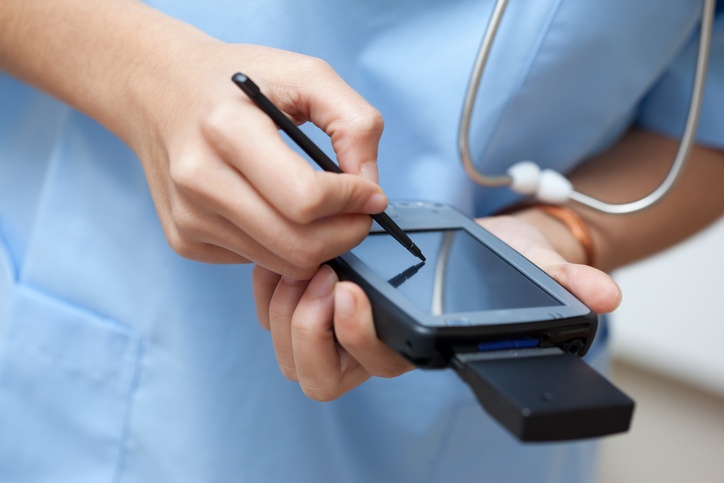The very nature of healthcare means there is a multitude of assets being used on a daily basis, from pharmaceuticals …

The very nature of healthcare means there is a multitude of assets being used on a daily basis, from pharmaceuticals and hi-tech equipment to latex gloves and paper towels. In large organisations, like NHS trusts, it can be easy for these assets to go missing or for consumables to run out when they are being used across multiple sites and where there is a constant movement of staff and patients. These things combined have made asset tracking a real challenge for managers. Now, however, the introduction of RFID technology is transforming the way assets are managed. Here we’ll look at how it is helping the healthcare sector to improve patient safety and outcomes, increase efficiency and lower costs.
How RFID operates
RFID is an affordable, wireless technology that enables large volumes of items to be located, identified and interacted with. It also enables organisations to track inventory and keep accurate records of asset use and maintenance.
RFID works by attaching a small tag, containing a thin microchip, to an item. Tags come in various forms, perhaps the most useful for healthcare centres being an adhesive label. Each tag has a unique ID, which allows the asset to which it is attached to be monitored. Tracking is enabled by installing readers in and around the healthcare environment so that when a tag is in the vicinity of a reader its location is recorded. Readers can be placed on entrances to wards and theatres, on the doors of secure pharmaceutical cabinets, on shelves in storage areas and anywhere else in the facility. As most tags are passive and don’t need their own power source, a single tag can be used for the life of the asset.
more …
Source: 4 Ways RFID Asset Tracking Can Benefit Healthcare | News Anyway
